Bonjour mon amis! I am here to talk to you about the latest and greatest unit we have been doing in Humanities….. Feudalism, the fall of Rome, Crusaders, all of that good stuff! We even got to sew! I think the last time I wrote a post about a humanities class was the the poetry post, “To Be or Not To Be”, that was quite a while ago! Of course, like in any other unit we have ever done, there was a driving question asked at the beginning, How did the crusades stimulate cultural, social, and political change for Western and Eastern Worldview? We did many different sections in this unit, different kind of topics, so let’s get right into it.
The Fall of Rome
The first thing we learned about was the fall of Rome and the two different parts of it. We learned about all of the different reasons it fell in the first place and then did some work on that. We then started realizing how the Byzantine Empire (Eastern Empire) came into play with the Western Empire, the part that fell first. We learned about the there groups of people who took over Rome (Europe) after it fell, the Anglo-Saxons, the Vikings, and the Franks. We got to do a really fun activity with those groups, we got to make a freeze frame. We had to create a frozen scene with our group after doing research on them. It was really funny but helped me remember which was which, a lot easier. Here are the pictures! My group was the vikings. I was with Niklas, Jason, Fraser, Jackson, and Grace. The one lying on the ground is me :
- This is my group, the Vikings!
- The Franks!
- The Anglo-Saxons!
How European Society Changed After The Fall of Rome
Okay kids, the word of the day is Feudalism. Feudalism was a social and political system that was used throughout medieval Europe for centuries. There were three important F’s of Feudalism that the structure depended on. #1. Fief: Fief was the land, the every day life of the people. #2. Fealty: Fealty is loyalty, the obligations of the people. #3. Faith: Faith was what the people believed in. When all of these things were followed, feudalism was successful. Most of these things are actually used today if you think about it. Fief would be how you live out your day, working, eating, sleeping etc. Faith is still our religion and what we believe. And fealty is being loyal and doing what you have to do. At the centre of the three F’s was the manorial system. The manorial system was a system that organized peasants and serfs and made sure that they were dependant on their land and on their lord. This made sure that everyone stayed in their place and Feudalism kept going. When we talk about power in medieval Europe, you couldn’t quite call it a democracy. There was a monarch, a king or queen, who had the power to make decisions and make laws, but he had to follow the feudal code. If he didn’t, people like the nobles, wealthy barons, would be hard to beat in a war since they had armies of their own, nearer than the king’s. This was called the balance of power.
The last thing that changed was the Knights, chivalry, and the hundred years’ war. This was the time when Knights were at their highest before they declined quickly. They followed the knightly, religious, moral and social code called chivalry. This relationship between the knights and following Chivalry was very important. The Hundred Years‘ War, something else important at this time, was a war that literally lasted 100 YEARS!! We learned about why it lasted so long and then it was time to move on to the next part…
What brought Europe and the East into contact?
Well, to answer that question simply, , the Holy Land. The Holy Land, what we now call Jerusalem, was a piece of land that two groups of people, the Muslims and the Christians went to war over.
They both had reasons for wanting this land, the christians wanted it because it was where Jesus was born, crucified, and resurrected. It is Holy to the Muslims because of the Qur’an, in the Qur’an it says that Jerusalem is the blessed land and it is where Muhammad’s journeys took place. They fought over the land in many wars, the English army (the christians) were called crusaders, who fought endlessly to take back the land. But after many wars, the muslims took the land as their own.
How trade led to towns
Well it all started with the need to trade with other lands for luxury goods such as spices and silk. They would travel down all of the major trade routes (such as the Silk Road) to get from place to place whether it be by ocean or land. Say this amazing shoe maker traded with distant lands, everyone loved his shoes. So to make it easier, he would start going to market in the main square and then he would end up setting a permanent stand, which means he would have to live there. Basically it’s supply and demand. The people demand your goods, you need to supply more more often. More and more business owners would start using this process and then towns started to form. People would form guilds, a business partnership which would now be call a union, and work together. Towns would get bigger and bigger and begin becoming more wealthy. Becoming wealthy, the Black Plague, time and money, and the peasants’ revolt were what changed medieval society. We did a small project kind of thing where we had to create an image showing how trade lead to towns. I created mine in sketches pro.
What is a myth?
We then switched gears a little bit and started to learn about story telling and myths. We did this for a reason, you will find out later. We discovered that myths are mostly fictional stories (maybe some fact) that are based on tradition. They explained the unexplainable for the people at the time it was created. An example of a myth would be the First Nations story about how humans were discovered. Raven cracked open a clam shell and BAM, look who was inside, us! It explained how we came to be because no one really knew or could explain it.
But sometimes they were more warnings than promises, they didn’t always have happy endings like a fairytale. Then we started comparing myth and history. We discovered it is actually a huge debate. One couldn’t be itself without the other, but they are also very different.
A Hero’s Journey
The Story line that we focused on was a Hero’s Journey. A few famous stories that follow the Hero’s Journey include things like Harry Potter, Moana, or even the Wizard of Oz. The Hero’s Journey includes 11 steps, here they are:
YOU HAVE TO WATCH IT, IT’S SO GOOD!!
What Is a Hero?
Let’s go back to the foundation, what is a hero? It depends on how a person views it. The general definition of a hero is someone who people look up to and who is courageous and brave.They usually have several outstanding achievements. Most people imagine a hero as Superman or Prince Charming, but a hero could be any ordinary person.
- SUPERMAN
- PRINCE CHARMING
If we look back all the way to between 1095 and 1291 when the crusades were fighting with the Muslims in Jerusalem, many people could be considered Hero’s. This was our next task. We had to write two stories in groups, one about a Muslim at the time of the crusade, and one about one of the actual crusades.In my group was Grace, Emerson, and Caleb, go check out their blogs! But their was a bit of a twist that made the task even harder, we had to make the two stories line up somehow, like they had to interact or somehow the stories had to be intertwined. So Grace and I worked on the Muslim story, we made the main character a little girl who grew up in Jerusalem, her name was Abia. The boys, Caleb and Emerson, were the main creators of the second half of the story, the Christian crusader. They named the main character, John, he was a Christian from England. We followed all of the steps of the hero’s journey and created an awesome story. Here is the story separately if you would like to read it on it’s own:
The Quilt (YAAAAAYY)
The next step to our project was to create a quilt. We took each story and split it into 3 parts, a beginning, middle, and end. We had to abstract the stories to make the quilts unique. The quilt ended up being double sided, 3 panels, and vertical. We used symbolism to create our quilt image instead of literal images. We created all of our drafts on Sketches Pro, so we drew them. Here are the first few as well as the storyline and other parts of the project in chart form:
As you can see these are just rough drafts, we improved them a whole ton. Cleaner lines, better colours, and sometimes even complete revisions. It made it a lot easier to understand what was happening. Also, on the drafts above, it includes all of the appliqué (things you sew on top), but on these next few, it doesn’t include it. Here they are!
So these were the images we handed in to our teacher to get printed onto fabric. The original plan was to sew everything on top and quilt, but because the fabric was made of silk, if you poked a whole through it would be permanent, like forever. So for people who don’t know how to sew (me!), it would be quite difficult to not make any mistakes, and our whole quilt would be destroyed. We ended up getting them sewn by someone else (thank you!) so we could do the appliqué ourselves, but even that was a bit challenging, so we decided to hot glue everything on top. But even that was a careful procedure because if you put the hot glue directly on the quilt, it would come close to melting. So we had to carefully use a toothpick to place everything on top, it was extremely difficult! But this is what the finished product of both sides looks like. There is also a time lapse of parts of our quilt being put together.
Field studies, lunch, and more!
We did two awesome things to help us understand the unit a bit better, we read a book called the Book of the Lion and we went on a field trip to the Gordon Smith art gallery. Both were awesome and showed us more than we could have known other wise. The Book of the Lion, actually isn’t about a Lion at all, it is about a young man called Edmund who ends up becoming a crusader and it is all about his journey. This really helped us write our stories because we kind of had an idea of a storyline to base off of. The field trip to the Gordon Smith art gallery was amazing. The exhibit that was up was First Nations art which of course, has nothing to do with the crusade, but there were a few pieces of art that used a lot of symbolism and that helped us understand how to abstract our stories and make it into art. On the way to the gallery we stopped at Donair dude, a small restaurant that sells donairs, for a little extra cultural experience.
Let’s look back at the driving question, how did the crusades stimulate political, cultural, and social change for Eastern and Western worldview. This whole unit has answered that one question, all of the work we have done on quilts, story telling, the crusaders, and Rome. They changed how religion was, they fought for their religion, teaching other people to fight for their religion, leading to the continuation of more crusades and more wars about religion. They changed everything. People started leaving their small villages and going to new places, leading to the first mix of different religions and races and leading to the first existence of towns. The crusades have impacted both our Eastern and Western Worldview so very much from politics, to religion, to even the social aspect of life.
~Jordyn 😁
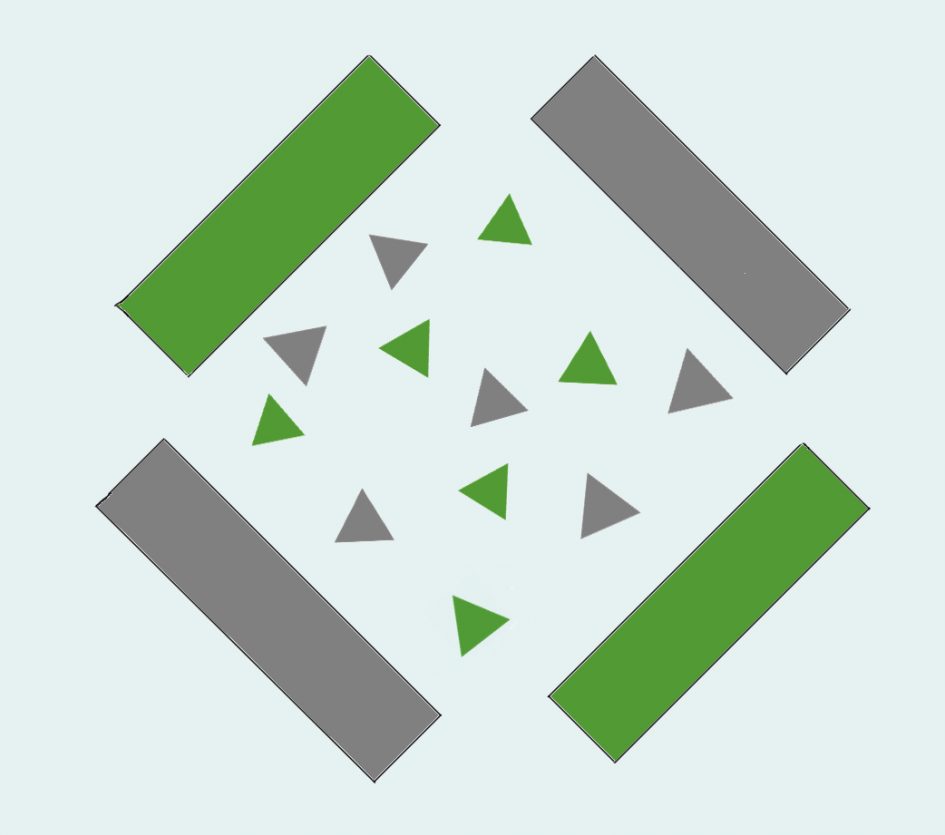
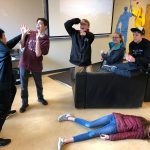

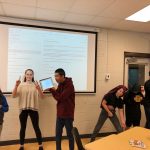

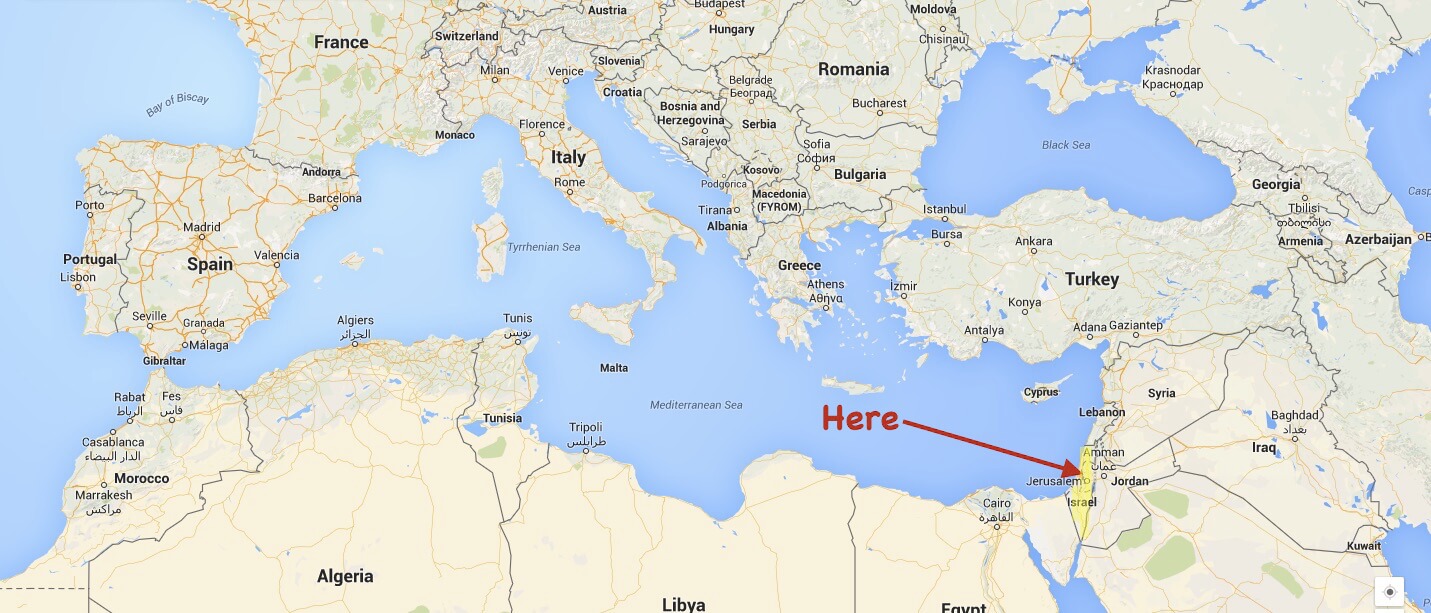
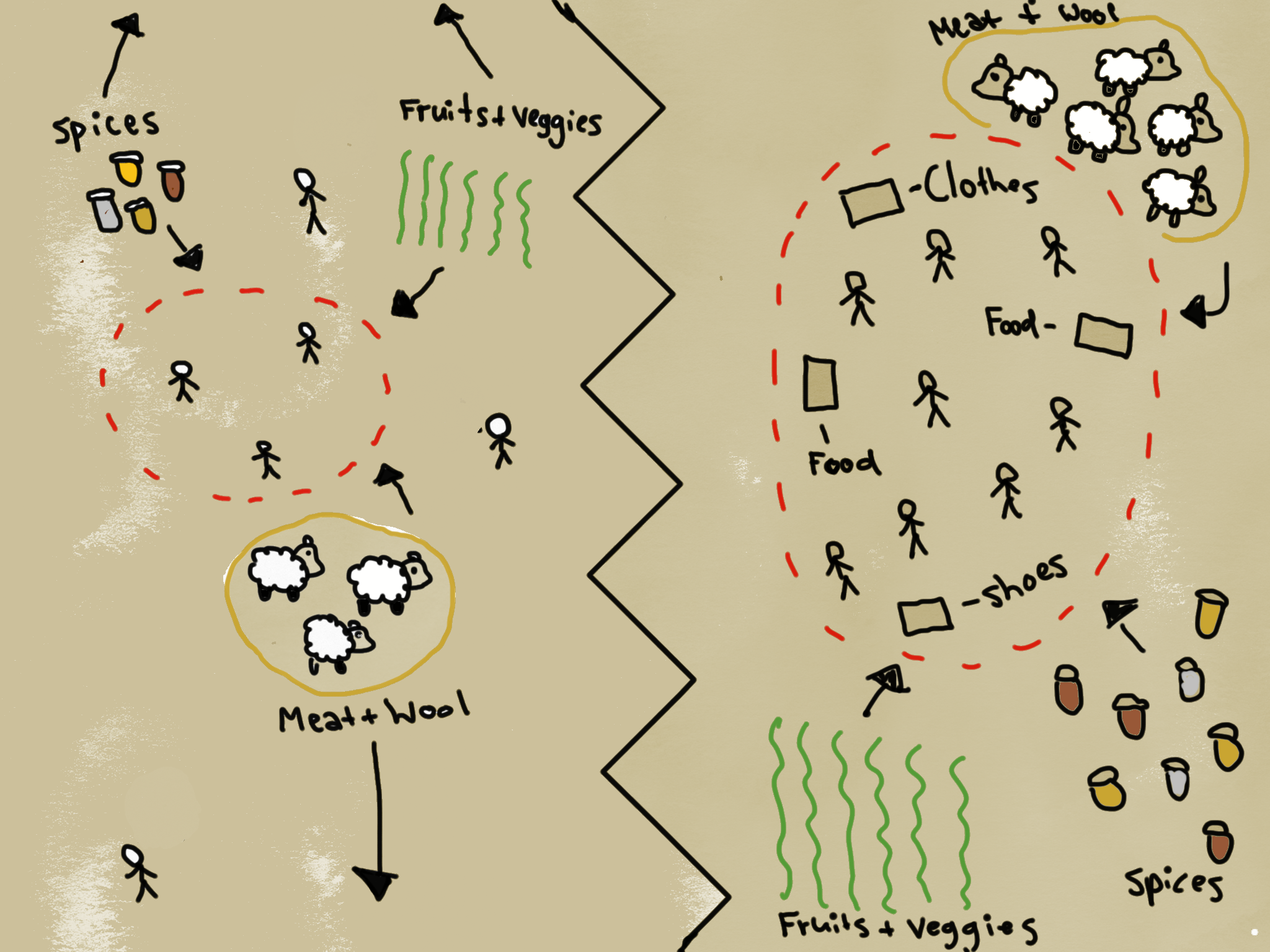










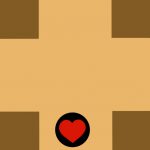
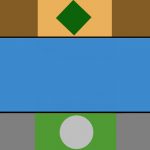


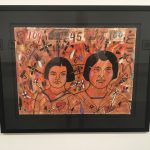

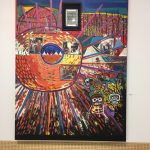


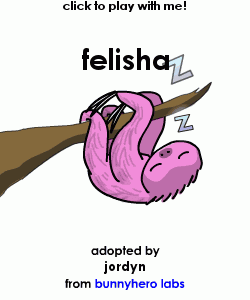
Leave a Reply